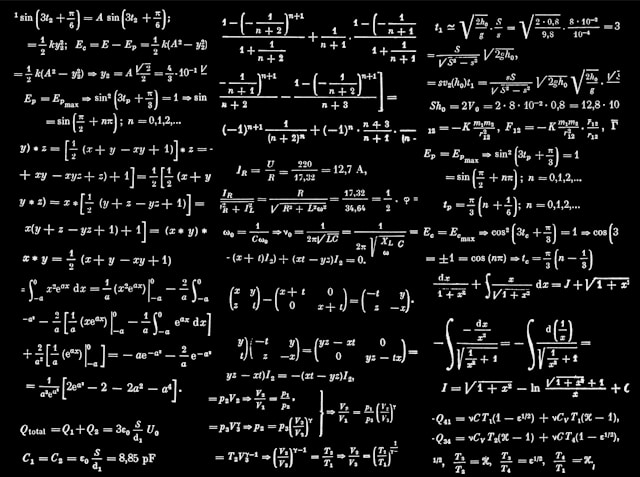+
10 Practical FFmpeg Command Examples for Video and Audio Processing
Babylonian Mathematicians: A History and Their Great Works
Understanding Euclidean Geometry: A Detailed Explanation
Scientific Notation Explained: A Comprehensive Guide
Understanding the Cartesian Coordinate System: A Key Concept in Mathematics
How to Change Your Navigation Button Order on Redmi Phones
-
READ MORE →: Cardinality of Sets
Cardinality of Sets
The number of elements in a set is called cardinality. The cardinality of a set A is generally represented by |A| or n(A) meaning the number of elements in set A. Examples: The cardinality of the set { 1, 45, 2, 34 } is 4. The cardinality of the set { a, e, i, o, u } is 5. […]
-
READ MORE →: Element Position in Sets
Element Position in Sets
The position of elements in a set does not change the value or the meaning of the set. The above statement signifies that { 1, 2, 3 } and { 1, 3, 2 } and { 2, 3, 1 } are all the same set. A set is primarily a collection and not a sequential […]
-
READ MORE →: Set Membership
Set Membership
As defined earlier, a set is a collection or group of objects. These objects are called members of the Set. This relationship is represented by using the symbol ∈. The symbol ‘∈’ means “is a member of ” or “belongs to” or “is an element of”. The reverse of this relationship is denoted using the symbol ‘ ∋‘. ∋ means […]
-
READ MORE →: Representation of sets
Representation of sets
In mathematical terms, the members of sets are called elements. A set is represented by enlisting its member elements within curly brackets. There are three general conventions adopted for set representation – Roster, Ellipsis & Set-Builder form. Roster form {a,b,c} All elements are listed within curly brackets. When the number of elements is less, it is often convenient to list all […]
-
READ MORE →: Sets
Sets
What is a set? A Set is a collection of items. The collection can be either real-world objects or imaginary or theoretical entities. It can be a collection of numbers, alphabets, colors, countries’ names, etc.
-
READ MORE →: Discovering Near-Earth Objects
Discovering Near-Earth Objects
The 1781 discovery of Uranus approximately where the Titius-Bode law had forecast seemed a confirmation of its accuracy; Ceres, too, was in the right place. Piazzi first thought it might be a comet, but other astronomers doubted that. After the 1802 discovery of Pallas, traveling in a similar orbit, William Herschel declared the two objects to be a new class of celestial bodies: asteroids.
-
READ MORE →: NASA 2022 Year Review
NASA 2022 Year Review
An Astronomical and Historic 2022 – What We Did This Year @ NASA – December 23, 2022




